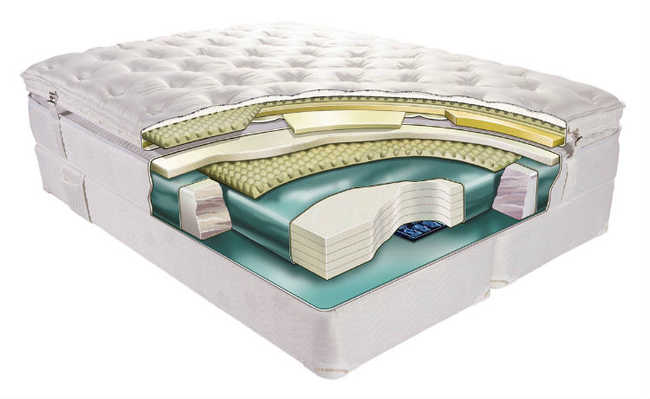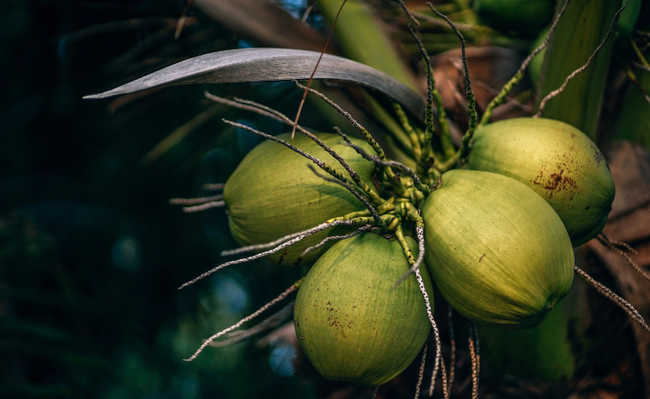What is ecosphere?
The term ecosphere can be considered synonymous with biosphere

Image of Ivan Bandura in Unsplash
The word ecosphere can be considered synonymous with biosphere, as both terms refer to the layer of the Earth inhabited by living beings. However, the concept of ecosphere is more used to emphasize the interrelationships between living beings and the abiotic environment.
What is ecosphere?
In ecology, the ecosphere can be understood as the portion of the Earth that comprises the biosphere and all the ecological factors that influence living organisms within it.
This means that the ecosphere is made up of elements that are found in other spheres of the Earth and that are essential for the maintenance of life present on it.
- Lithosphere: is the solid layer, formed by soil and rocks;
- Hydrosphere: is the liquid layer, formed by rivers, lakes and oceans;
- Atmosphere: is the gaseous layer;
Biotic and abiotic factors
As highlighted, the ecosphere is composed of a network of interconnections between all living organisms and the abiotic factors of the environment in which they live. The biotic and abiotic factors represent the existing relationships that allow the ecosystem to balance.
Biotic factors consist of living communities in an ecosystem, such as plants, animals and microorganisms. Abiotic factors are the physical, chemical or geological elements of the environment, responsible for determining the structure and functioning of these communities. Examples of abiotic factors:
- Inorganic substances;
- Organic compounds;
- Climate regime;
- Temperature;
- Light;
- pH;
- Oxygen and other gases;
- Moisture;
- Ground.
Ecosphere Characteristics
The biosphere is the set of all the Earth's ecosystems. It ranges from the high mountains to the bottom of the sea. In these different locations, environmental conditions also vary. Thus, natural selection acts in different ways on living beings in each region. Ecosystems can be divided into:
- Natural ecosystems - forests, forests, deserts, meadows, rivers and oceans;
- Artificial ecosystems - built by humans, such as dams, aquariums and plantations;
Given the physical environment, ecosystems can also be classified as:
- Terrestrial ecosystems;
- Aquatic ecosystems.
When we observe a landscape, we notice the existence of discontinuities - river banks, woodland borders and field edges - which we frequently use to delimit various ecosystems more or less defined by the particular aspects of the flora that develops. However, when moving from a forest to a prairie, for example, the trees do not disappear abruptly. There is a transition zone, where trees are becoming less and less abundant.
Thus, it is possible, for lack of well-defined limits and insurmountable borders, to consider all ecosystems on the planet as part of a huge ecosystem called the ecosphere. This gigantic ecosystem comprises all living beings that, as a whole, make up the biosphere and the surface area of the Earth that they inhabit and that represents its biotope.
Biotope can be defined as “minimal habitat that supports the existence and survival of populations of animals and plants through regular abiotic conditions”.
human actions
Human beings are responsible for causing several changes in the biosphere, which cause imbalance. As a result, the United Nations Educational, Scientific and Cultural Organization (UNESCO) created a program called “Man and the Biosphere”. The main objective of the program is to delay the effects of human action in the biosphere through protective measures. Thus, one of the paths found was the creation of Biosphere Reserves.
Biosphere Reserves are areas of terrestrial or marine ecosystems reserved for the development of research, as well as studies focused on the resources that the ecosphere can offer. There are around 669 Reservations in the world, seven of them located in Brazil. The Reserves in Brazil are: Atlantic Forest, the Green Belt of SP, the Cerrado, the Pantanal, the Caatinga, the Central Amazon and the Serra do Espinhaço (MG).
- Learn more about this topic in the article "What is a biosphere?"










